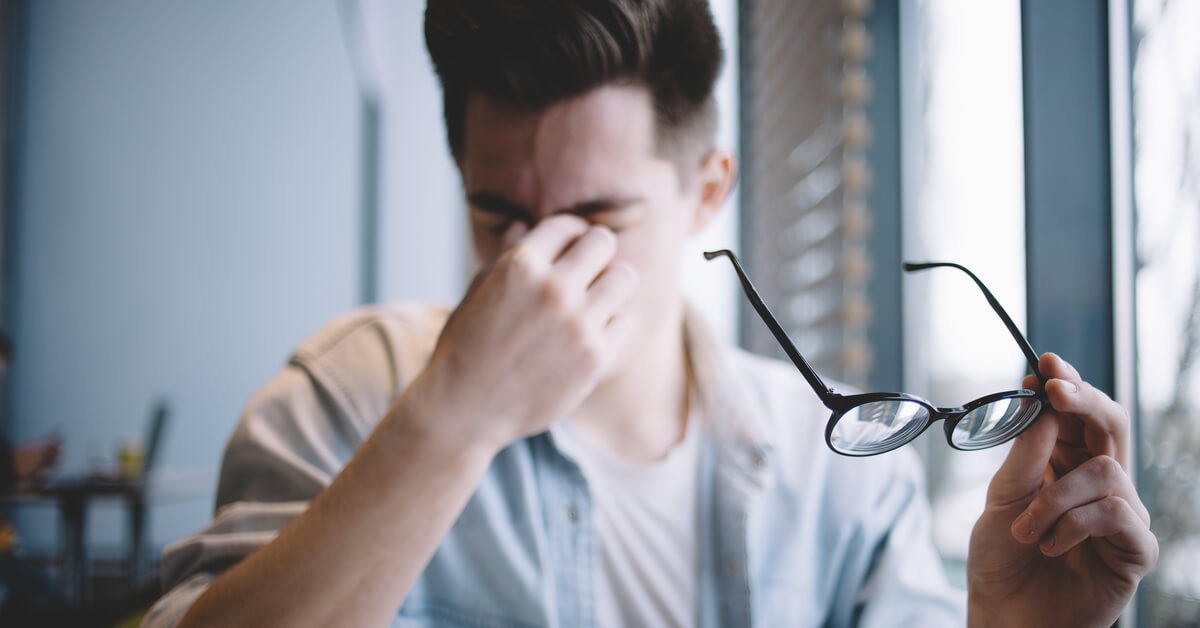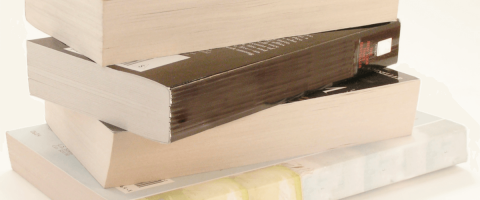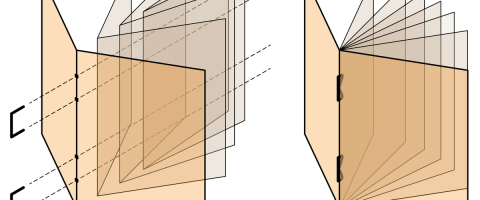You’ve sent off the design for your company brochure to the printers.
The design meets the dimensions, and you’ve even accounted for print bleed (hey, look at you). Still, as you hold the printed brochure in your hands, you look at your company picture and feel like reaching for your glasses. “Have my eyes really gotten this bad that I’m squinting to see the details of our company picture?” Your eyes are likely fine. It’s the resolution of your company picture that’s likely off. Let’s take a look at why picture resolution is crucial for printed designs.
How Image Resolution Works
It should be no mystery by now that anytime you’re looking at a television screen, computer monitor, or printed image, you’re not actually looking at a complete picture. Instead, you’re looking at assorted clusters of colored or tinted dots. Because you don’t have superhuman vision, your eyes send these dots to your brain, which assembles them and interprets them as images. What would look like millions of color blinking dots to a superhuman alien species or computer shows up in our minds as an athlete catching a football on a Monday night. The reason why certain images that were taken at the same level of camera focus can appear fuzzier or sharper to us is due to the number of the dots, also known as pixels, that make up the image. Image resolution is the measurement of how many of these dots/pixels exist per inch to deliver the image. This measurement is known as Pixels Per Inch, or “ppi.”
When Low PPI Happens to Good People
When designing your brochure, you may run the risk of selected images with a low pixel resolution — basically anything below 300 ppi or so. These images may appear reasonably crisp in the design stage but may look blurry when printed. The primary reason for this discrepancy is due to the closeness of which the picture is viewed in print. When viewed from across the room, our minds understand that the image will likely not be crisp. However, once we pick it up, our minds will expect it to appear sharper. When it doesn’t and the clarity become incongruent, that’s when low PPI happens to well-meaning people. It’s an honest mistake, but one that can be remedied by understanding which picture resolution level is best for what kind of item you’re printing.
When Low PPI is Acceptable
Though an image with a sub-300 ppi level isn’t best for a brochure or business card due to the proximity of viewing, there are occasions when a lower ppi level is ok. If you’re printing a large wall hanging, for example, most people are going to be viewing it from over an arm’s length away. Using images of around 100 ppi resolution are acceptable in this case because the entirety of the print is viewed, much like a mosaic. A large wall-hanging with a high ppi may also prove to be an immense file size, making 100 ppi image permissible for this application.






